Hand Strain in Massage Therapists
Looking After Your Hands as A Massage Therapist
We’ve collaborated with The Sports Massage Association to bring you this useful guide to help manual therapists take care of their hands with the aim of aiding career longevity in massage therapy.
As a practitioner you may be concerned about how repeatedly performing manual therapy for soft tissue injuries may be damaging your hands, how this could affect your career and ultimately your earnings.
This is understandable given that thumb, hand and wrist strains are the most common work-related injuries for soft tissue therapists, massage therapists and other physical therapists who perform manual therapy for the purpose of aiding a soft tissue injury.
It’s easy to see why when you consider how often a physical therapist uses their hands and the amount of strain that’s put on their joints which can create swelling, stiffness and numbness in the injured area.
In the guide we give you more information on:
- The Effects of Hand Injuries on Therapists and Their Careers
- How Common Is This Problem and What Are Contributing Factors
- Things You Can Do to Help Your Hands
It is worth noting that the below is for guidance, if you have an injury or niggle, you should always see a medical professional to address it.
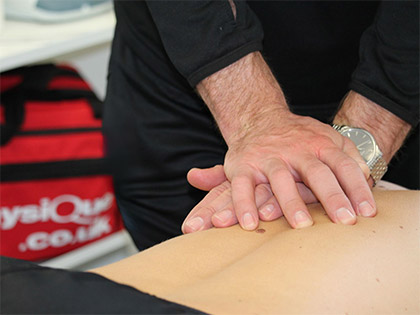
The Effects of Hand Injuries on Therapists and Their Careers
Tendonitis, Carpal Tunnel Syndrome (CTS), Nerve Impingement, Thumb Saddle Joint injury, Trigger Thumb/Finger and Arthritis are all common issues for practitioners’ hands and wrists, although this is by no means and exhaustive list.
Symptoms of hand and wrist strain vary because there are numerous conditions to take into account, but can include wrist or hand pain, inflammation, itching, tingling or burning and even decreased grip strength.
The outcomes of hand and wrist stress or pain for practitioners often include having to modify their treatment techniques to compensate, dealing with chronic pain, taking time off or being unable to work for periods of time and in some cases, leaving the profession entirely.
It can also make normal activities difficult to carry out without experiencing painful symptoms, extending the effects of hand strain outside of your working life.
Aside from experiencing pain or the limited movement hand and wrist strain can cause, there are other consequences that could impact your business or career longevity. For example, having to take time away from work to recover from injury or strain could result in clients leaving to find other practitioners.

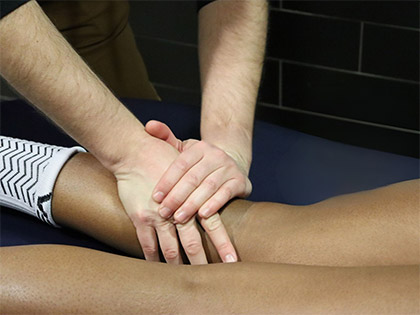


How Common Is This Problem and What Are the Contributing Factors?
While statistics vary from study to study, Giles Gyer et al found that over the course of their careers, hand and wrist injuries affect up to 46% of physical therapists. The study also found that thumb injuries were identified as the most common hand injury at around 50%.
While Marc Campo et al discovered during their survey that soft-tissue mobilisation was frequently found to be a cause of moderate to severe wrist and hand pain.
There can be a lot of contributing factors that lead to hand injury and strain in practitioners like overworking your joints, treating too many patients in one day and increased work hours to name a few. Essentially the more and harder you work, the more stress you put on your joints.
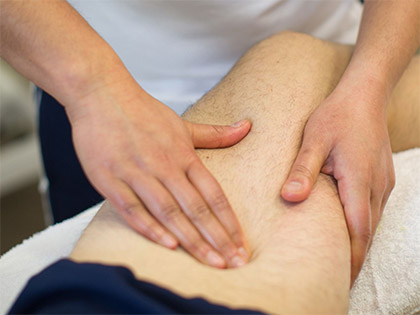
Things You Can Do to Help Your Hands
We’ve broken this section down into two parts:
1. Self-Care
2. Using Massage Tools to Help Lighten the Load
1. Self-Care
While self-care can’t guarantee you won’t ever have to deal with strain or injury, it is still important to look after your most vital tool when it comes to manual therapy – your hands.
This is also probably the easiest way to help your hands as it includes techniques and aids that are easy to do and fit in around your busy day of treatments. Below are a few suggestions you can try.
Stretching and Exercises:
Stretching the muscles and joints in your hands and wrists before and after a treatment could help with RSI and maintaining flexibility and strength. Think of it as warming up and cooling down when exercising. Pay particular attention to your thumb as it’s the area most likely to feel the strain.
There are a lot of techniques and advice on hand stretches out there but here are a few to get you started:
- What is the best hand exercise for a massage therapist - www.exercise.com
- Five exercises for hand self care - www.amtamassage.org
- The best hand exercises for a massage therapist - www.discovermassage.com.au
The Strong Grip Hand Exerciser or even Resistance Bands may be useful tools to help with this.
Hot and Cold Therapy:
While there are a lot of differing opinions on the use of hot and cold therapy, you may find some comfort from using heat to help loosen up muscles in your hands or alleviating any strain or discomfort.
Conversely icing your hands at the end of the day could help with any inflammation.
The Physique Elite Reusable Hot Cold Pack could be useful here as you could keep one for heating up and one for cooling down your tired hands.
Taking Time Out:
We understand you may feel the need to see as many clients as possible, particularly if you’re just starting out and trying to build a client base. But if you don’t look after your own health, it could affect your ability to look after others and therefore your career longevity.
Take breaks between clients and try to avoid back-to-back manual therapy. It will help refresh your hands ready for the next client.
2. Using Massage Tools to Help Lighten the Load
Using massage tools could go a long way to easing the load on your hands. Below are a few of our suggestions.
Physique Therapist Thumb and Physique Four Way Massage Tool:
As mentioned above, thumb strain is a common injury for practitioners, with those with perform manual therapy being a leading contributor.
The Physique Therapist Thumb is ergonomically designed to reduce stress and prevent wear and tear on your thumb. It’s perfect for deep tissue massages as well as other massage techniques that can create stress on joints.
While the 4 heads on the Physique Four Way Massage Tool allow you to vary the pressure you want to apply. Use 3 of the 4 heads at once for a gentler massage. For a deeper massage, you can use 1 or 2 heads to apply more pressure.
Hot Stones:
Hot stones can produce a soothing affect not only for your clients but for your working hands too.
The Set of 2 Physique Pressure Point Hot Stones are expertly shaped for incorporating in deep tissue massage, providing comforting and revitalising treatments for your clients. Ergonomically shaped they’re great pressure point massage stones.
The set also offers excellent heat retention that provides for a deeply relaxing massage experience.

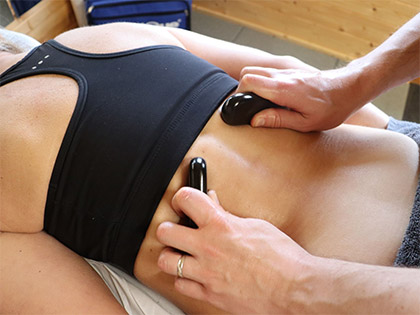
Thumper Percussive Massagers:
Thumpers are a fantastic compliment to traditional massage techniques they help to soften knots before working on the muscles. This helps to reduce the length of time working tight muscles and reduces strain on the hands and wrists.
The depth of stroke Thumpers provide, ranges from 4-8mm, perfect to give body cells the kick start they need for the body’s healing process.

Sources and References:
Gyer G, Michael J, Inklebarger J. Occupational Hand Injuries: A Current Review of The Prevalence and Proposed Prevention Strategies For Physical Therapists And Similar Healthcare Professionals
Marc Campo, Matthew Hyland, Derrick Sueki, Evangelos Pappas. Wrist and Hand Pain in Orthopaedic Physical Therapists: A Mixed-Methods Study. Musculoskeletal Science and Practice. Oct 2019. Available at [https://www.sciencedirect.com/science/article/abs/pii/S2468781218303795]
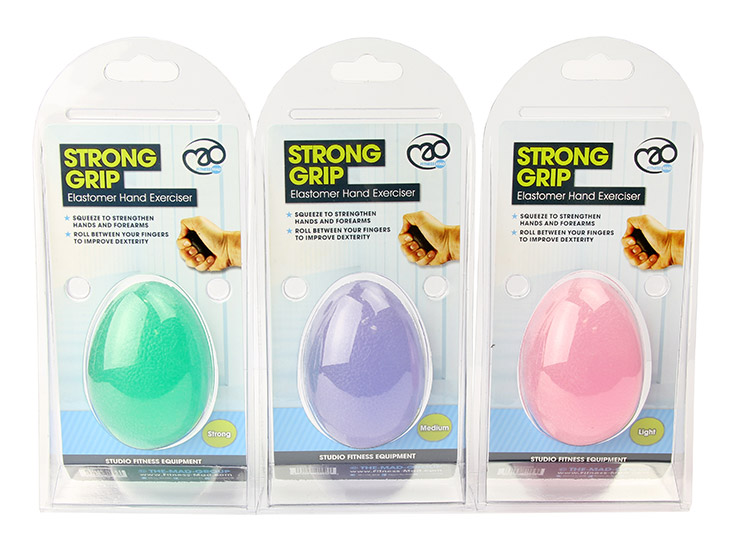
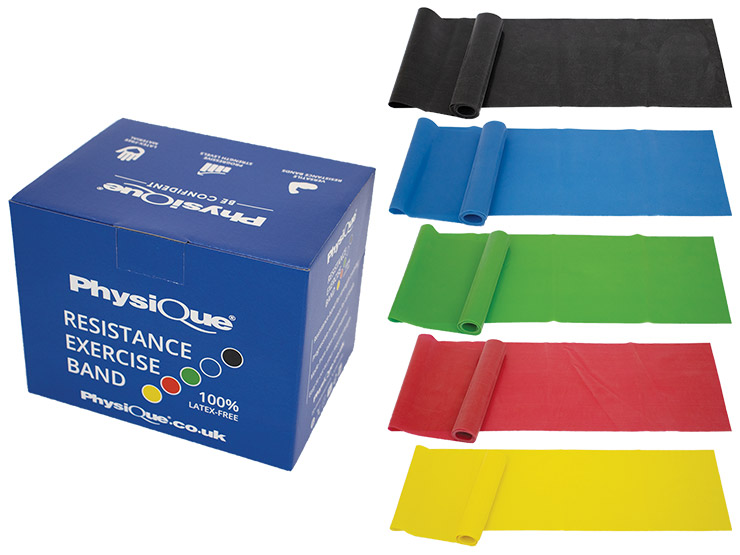
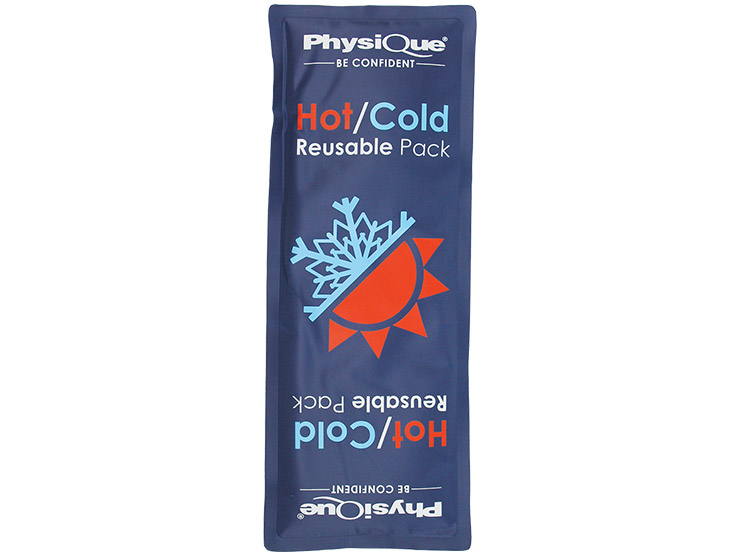
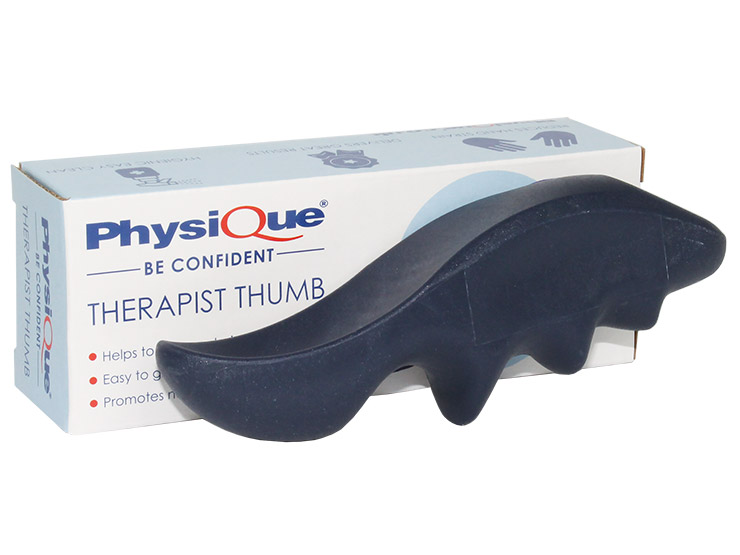
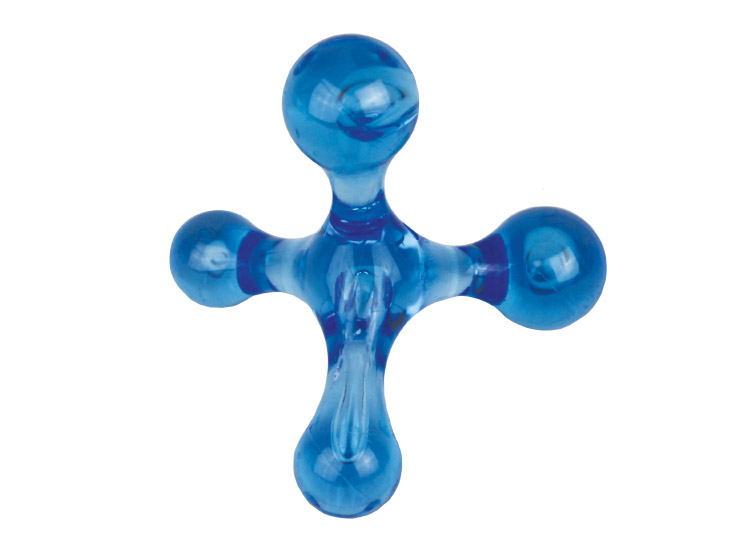
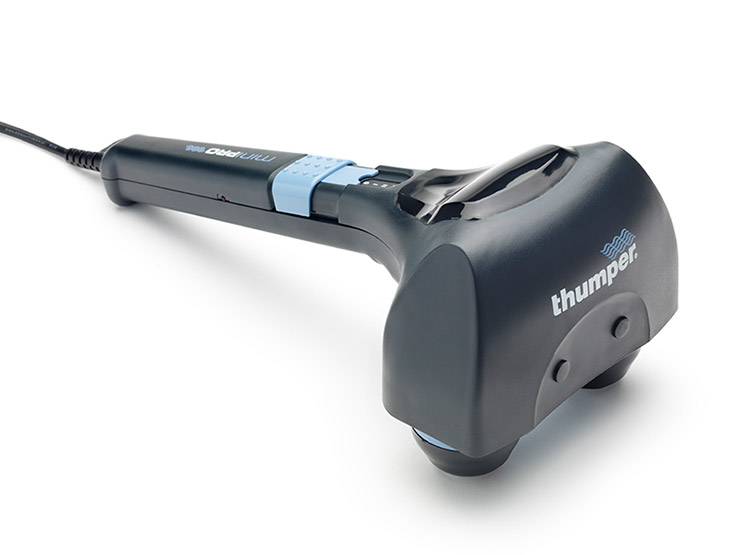
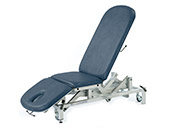
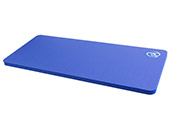

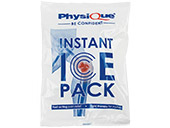

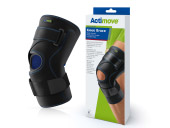
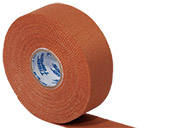
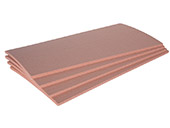
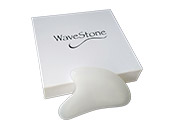
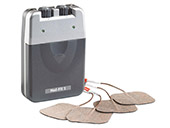

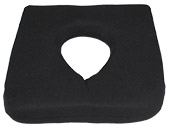
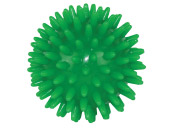
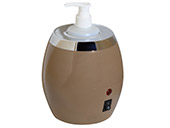
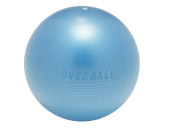

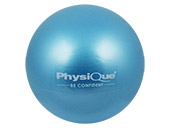
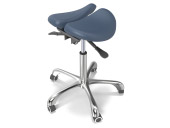
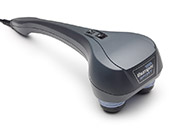
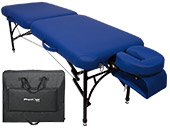
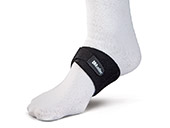

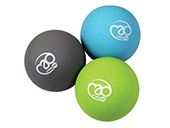
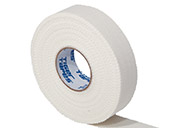
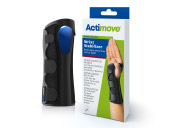

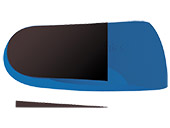
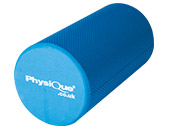
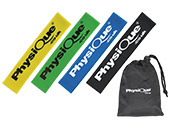
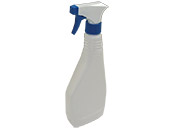
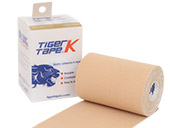
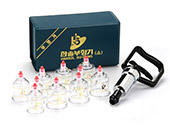
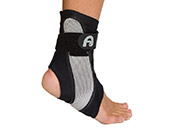
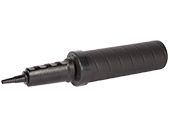


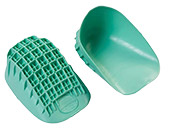

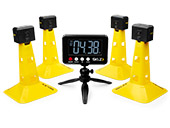
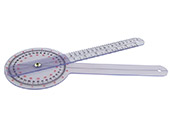
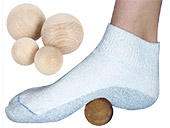
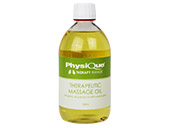
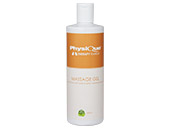

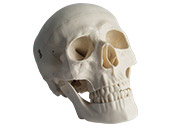

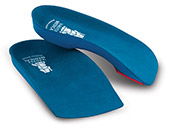
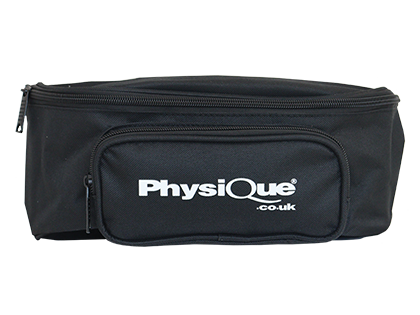
Did you find this article useful?
Why not share this with a colleague, patient or friend?